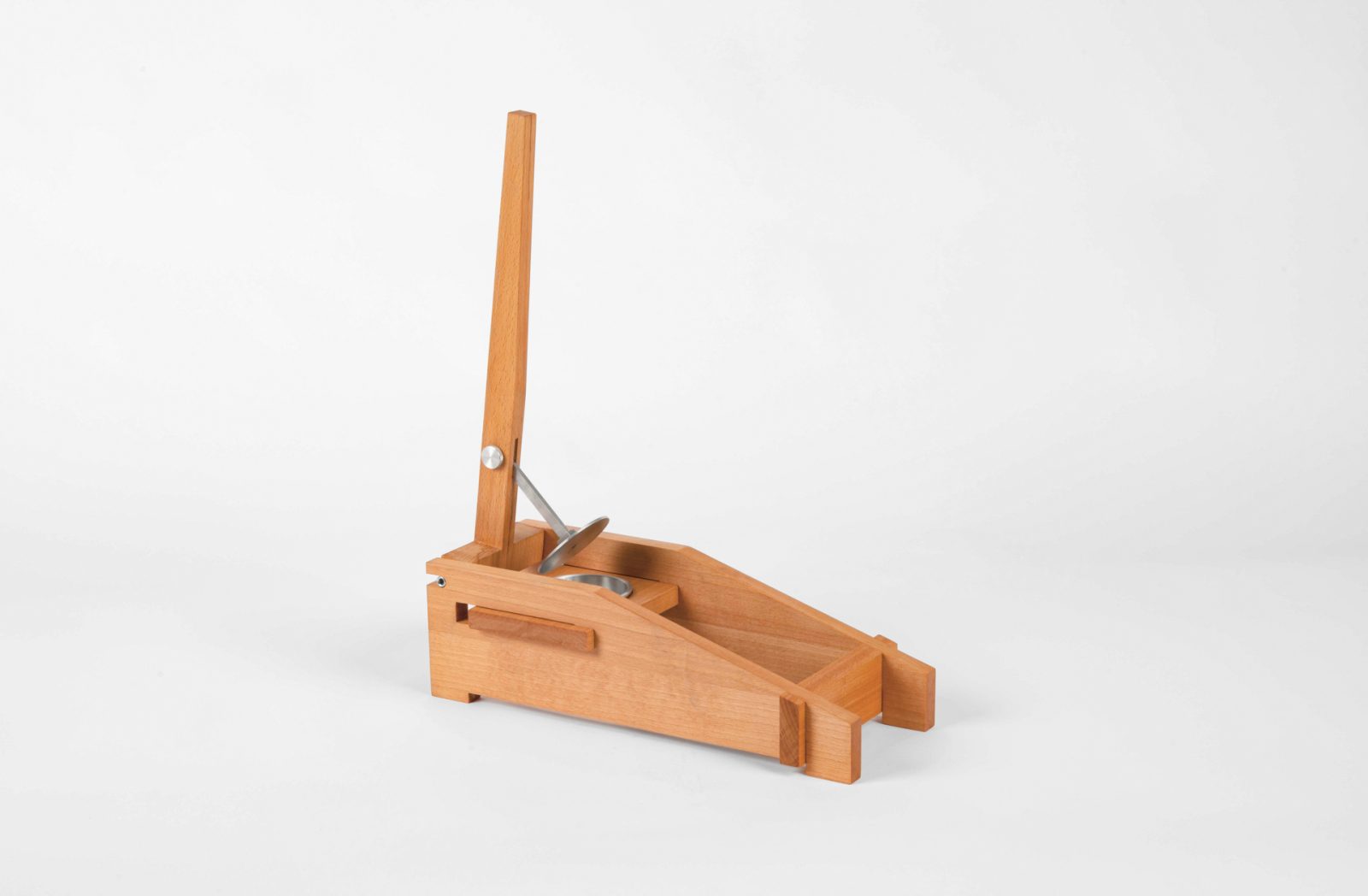
Die Gemeinschaftsküche als sozialer Raum
My theoretical work concentrates on the community kitchen as a space for social interaction. From the earliest times, the space where food was cooked and consumed was a place of gathering. Therefore, the first kitchens, which were mainly used by the poor, can be described as genuine social spaces with a fireplace strategically placed in the centre that conveyed warmth and a sense of security. Nowadays, the kitchen is generally fully integrated into the family environment and designed to promote dialogue between all the inhabitants of the house, for example between those cooking and those waiting for food. Contemporary planning of indoor spaces incorporates our need for greater communication and a sense of interconnection. Buildings with communal spaces are conceived in such a way that they provide a link between private areas and the outdoors. In this way, working together on certain activities or participating in the lives of people beyond one’s own family can create a feeling of being part of a community. With this in mind, I explored the questions of whether it is conceivable to transform the kitchen in general from a private to a public space, how it could best be represented in its structure, and how its functions can be optimised in the new environment.
INTEGRATION IN DER GEMEINSCHAFTSKÜCHE
For my practical Diplom project, I separated and re-evaluated utilitarian objects in the kitchen with the aim of showing the kitchen as a place of cohesion, integration and inclusion.
The new press
The common potato press requires a great deal of strength to use, especially for the elderly and the very young. With the new press, a generously dimensioned tool made of a solid wood frame and stainless steel components, leverage can be applied optimally thanks to the static system. This reduces the amount of force necessary. When it comes to cleaning, the tool can be easily disassembled and reassembled.
The new blade
The over handler handle and the curved opening in the blade allow the new knife to be gripped relatively far forward. The knife is therefore easier to use. Since the point of balance is no longer at the end but in the centre, less pressure is placed on the wrist, which leads to less fatigue when using the knife. Furthermore, the knife is impressive on a functional level: ingredients are cut with the front part of the knife, chopped with the rear part, and collected with the large middle part.
The new chopping board
In order to meet the heterogeneous demands on a cutting board, I have developed a modular system. Young people can learn through a playful and team-focused approach, while older people can maintain their autonomy through collaboration. The four modules are held together by strong magnets and are fixed by dowels that intuitively show which edges they are connected to.



